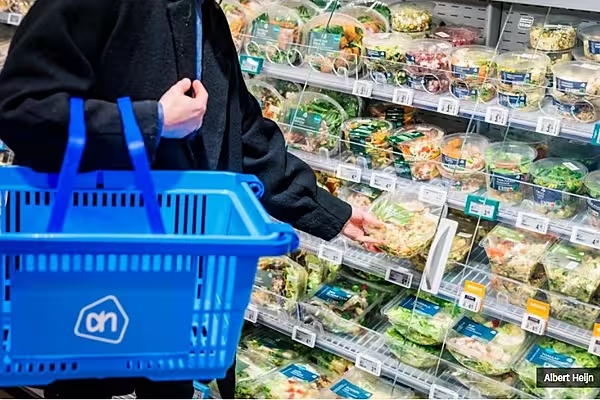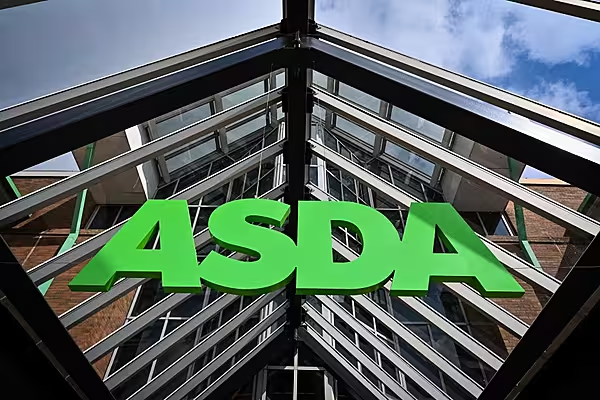Wholesale giant Costco intends to push suppliers to lower prices on everything from steaks to televisions, aiming to keep customers away from rivals like Amazon.
The warehouse-club chain wants vendors to shoulder a greater part of the cost of limited-time promotions for its 50 million members.
The company is also introducing more products under its Kirkland Signature brand, such as fragrances, apparel, and a Nutella-like hazelnut spread that’s “flying off the shelves,” Chief Financial Officer Richard Galanti told analysts Wednesday.
“You’re seeing significant savings - in some cases, a small amount from us - but more from our suppliers because it drives more sales,” Galanti said on the call after the release of quarterly earnings. “The brands need to come down in price, too, because they’re losing market share.”
Costco’s supplier squeeze signals more pain ahead for consumer-product makers like Procter & Gamble, Nestlé and Samsung Electronics, which are already grappling with declining brand loyalty and shoppers migrating to online channels.
P&G has reduced prices in recent months on core brands like Gillette razors and Luvs diapers, while coffee maker Nestlé has said that its ability to raise prices “continues to be limited.”
Exacting Concessions
Galanti’s remarks represent “the first time a retailer in our coverage has explicitly admitted exacting price concessions from suppliers,” Mark Astrachan, an analyst at Stifel Nicolaus, said in a note.
Galanti also said Costco would use some of its savings from the US corporate tax cut to benefit its employees, but declined to provide details. In recent months big retailers like Target, Walmart and Best Buy have either boosted wages or delivered one-time bonuses with their tax savings.
Meanwhile, a looming trade dispute, tightening labor markets and e-commerce upheaval have all put retail-industry investors on edge. While Costco has largely been immune to Amazon’s growing influence, Wall Street has questioned how long that advantage can last.
Costco’s same-store sales beat analysts’ estimates in the most recent quarter, helping propel revenue and earnings above Wall Street projections. Its member renewal rate - a key metric that had spooked investors by declining in recent quarters - also improved.
Still, the price cuts led to a narrower gross profit margin on its core merchandise categories. The shares dipped as much as 2.3% to $183.08 on Thursday, a sign investors need more convincing in the wake of disappointing numbers from Walmart, Target and Dollar Tree.
Limited Inventory
Costco is betting that prodding suppliers to reduce already-low prices could make a difference. It’s an area where the company has an upper hand most competitors lack: Costco’s limited inventory has the effect of making its shelf space more valuable to suppliers.
“We’re continuing to try new things with our vendors as well,” Galanti said. “It’s a lot easier to do when you’ve got 3,800 items out there, versus 50,000 in a supermarket.”
Costco may also have more freedom to experiment after Walmart’s decision to close 63 of its Sam’s Club locations.
While Astrachan estimated that the move could add $1.8 billion to Costco’s revenue, Galanti said the benefit so far has been “small.” Shopper visits in the US grew 3.4% in second quarter, Costco said.
News by Bloomberg, edited by ESM. Click subscribe to sign up to ESM: The European Supermarket Magazine.














